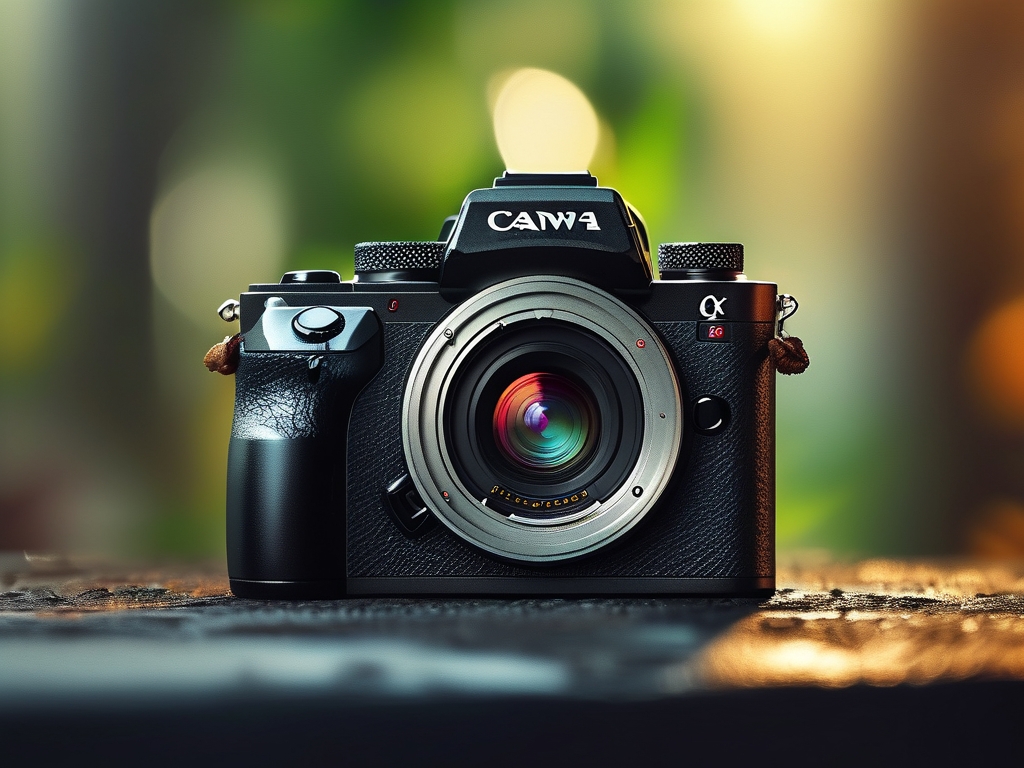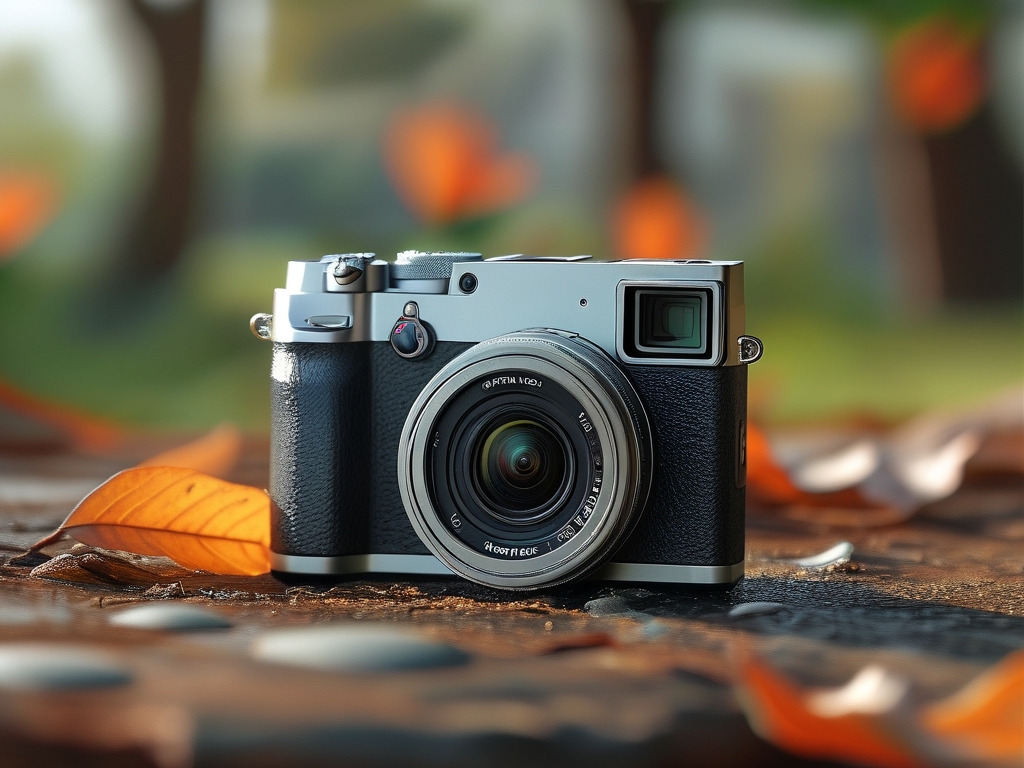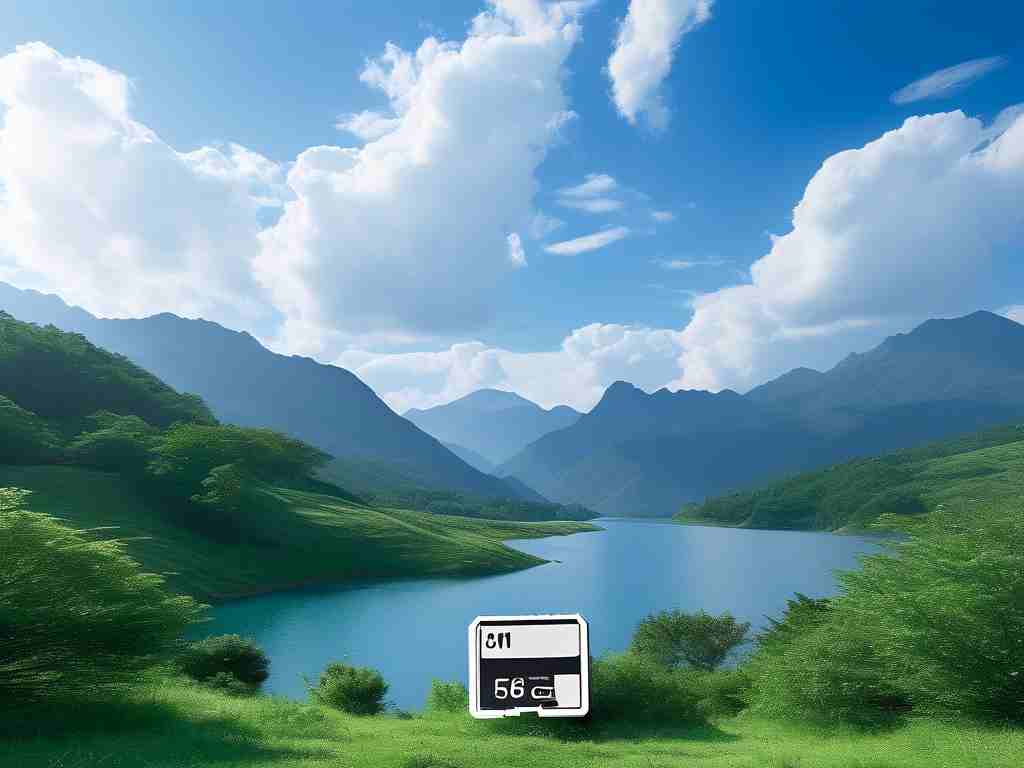Understanding how to calculate camera memory usage is essential for photographers and videographers to optimize storage capacity and avoid running out of space during critical moments. This guide explores the factors influencing memory consumption, formulas for estimation, and practical strategies for efficient storage management.
1. Key Factors Affecting Camera Memory
Camera memory usage depends on three primary variables:
- Resolution: Higher resolutions (e.g., 4K vs. 1080p) require more storage.
- File Format: RAW images and uncompressed video formats consume significantly more space than JPEG or compressed formats like H.264.
- Bitrate: In video recording, higher bitrates (measured in Mbps) directly increase file size.
For example, a 24MP RAW photo may occupy 30–40MB, while a JPEG of the same resolution might use only 5–8MB. Similarly, a 10-minute 4K video at 100Mbps can take up 7.5GB of space.
2. Calculating Photo Storage Needs
To estimate memory requirements for photos:

- Determine average file size: Check your camera's specifications or test sample shots.
- Multiply by total shots: If a RAW file averages 35MB, 100 photos will need 3.5GB.
- Account for buffer usage: Burst mode shooting temporarily stores images in the camera's buffer, which impacts write speeds but not long-term storage.
Most cameras display remaining shot counts based on current settings, but manual calculations ensure accuracy for custom workflows.
3. Estimating Video Memory Consumption
Video storage calculations involve bitrate and duration: Formula: [ \text{File Size (GB)} = \frac{\text{Bitrate (Mbps)} \times \text{Duration (seconds)}}{8,000} ]
Example:
- 30-minute video at 50Mbps: [ \frac{50 \times 1,800}{8,000} = 11.25 \text{GB} ]
Note that audio bitrates (typically 256–320Kbps for high quality) add minor overhead.

4. Memory Card Selection Criteria
Choosing the right memory card involves more than just capacity:
- Speed Class: Ensure the card's write speed matches your camera's requirements (e.g., V60/UHS-II for 4K video).
- File System Compatibility: exFAT supports files larger than 4GB, essential for long videos.
- Redundancy: Using multiple smaller cards reduces the risk of total data loss.
A 128GB card may store:
- 3,000 RAW photos (40MB each)
- 2 hours of 4K/30fps video (100Mbps)
5. Optimizing Storage Efficiency
- Use Compressed Formats: Switch to HEIF or JPEG for non-critical work.
- Lower Resolution: Reduce video resolution from 6K to 4K if quality permits.
- Delete Unnecessary Files: Regularly purge failed shots or redundant clips.
- External Backup: Offload files to portable SSDs or cloud storage during shoots.
6. Real-World Scenarios
- Travel Photography: A 7-day trip shooting 500 RAW/day requires ~140GB (500 × 35MB × 7).
- Wedding Videography: 8 hours of 4K footage at 150Mbps needs ~540GB.
7. Software Tools for Precise Calculations
Apps like CameraSim or PhotoCalc automate storage estimates by inputting camera models and shooting parameters. Adobe Premiere Pro's project calculators also help videographers plan storage for editing workflows.
8. Future-Proofing Your Storage
As camera sensors evolve, file sizes will grow. Investing in scalable solutions-such as modular NAS systems or high-capacity CFexpress cards-ensures long-term adaptability.
Calculating camera memory usage is a blend of technical knowledge and practical planning. By understanding file formats, bitrates, and usage patterns, creators can avoid storage mishaps and focus on capturing exceptional content. Always carry 20–30% more storage than calculated to accommodate unexpected opportunities.









